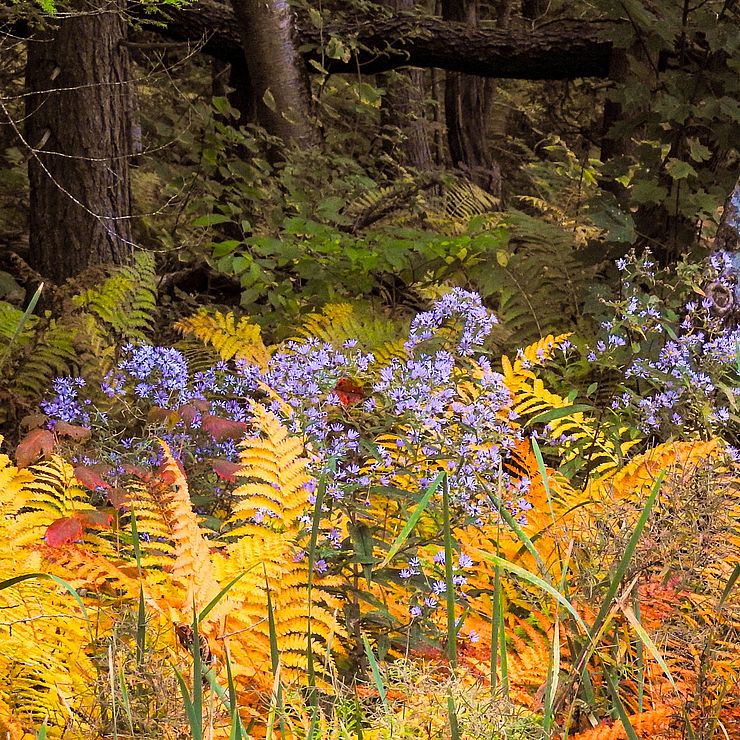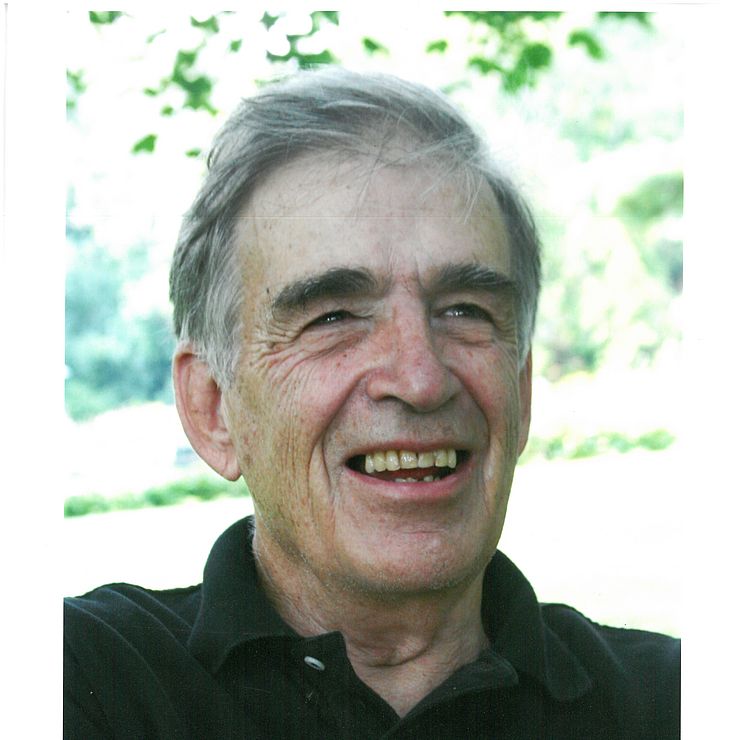Past, Present & Future

BNRC Today
With its donors and volunteers, BNRC conserves land, protects wildlife, supports local farmers, builds climate resilience, and provides free access to the Berkshire outdoors at reserves across the county.
BNRC owns or holds a conservation restriction on over 220 parcels in the Berkshires, totaling more than 26,000 acres.
Additionally, BNRC has helped conserve tens of thousands of acres of other lands by assisting towns, cities, other conservation organizations, indigenous partners, state agencies, farmers, and others complete conservation projects.
BNRC is accredited by the national Land Trust Accreditation Commission—a mark of distinction showing that BNRC meets high standards for excellence and land conservation permanence. Approximately 10% of Massachusetts land trusts are accredited.
Ease of access to the outdoors and welcoming a variety of outdoor enthusiasts are important to BNRC.
BNRC reserves are open, for free, to many non-motorized activities—including hiking, mountain biking, photography, picnicking, snowshoeing, fishing, hunting, meditation, and more
BNRC is grateful for its partnerships with Latinas413, the Berkshire Immigrant Center, the Stockbridge-Munsee Mohican Band, DEI Outdoors, and others to create reserves and guided outings where everyone can belong
BNRC works with landowners to conserve land—helping farmers create financially viable succession plans to keep land in agriculture, assisting private landowners in placing conservation restrictions on their land or conveying it to BNRC for protection, or working with state or indigenous partners to manage the natural resources of the region
President Jenny Hansell together with the Board of Directors, has presided over several of BNRC’s largest, most complicated, and most collaborative conservation projects to date.
The Future
Further fulfillment of The High Road vision, redoubled efforts to support Berkshire farms and farmers, a pronounced focus on broad inclusion and diversifying the range of BNRC organizational partnerships, and orienting BNRC to view all its conservation work and public programs through the lens of climate change are part of Jenny’s strategy for helping BNRC continue what has long been the core duty of its mission, while meeting the 21st century on its own terms.
The BNRC strategic plan incorporates the best thinking of a whole lot of people who love the Berkshires.
This includes volunteers, conservation leaders, town officials, donors, business owners, non-profit leaders, hikers and bikers, birders, farmers, hunters, ski-slope operators, landowners, foresters, and more.

Origins
George Wislocki (1935-2024)
George had an incalculably important role in creating the Berkshires we know and love.
People come to the Berkshires for culture and nature, and it’s thanks in large part to George that we are surrounded by nature—our green forests, fields and wetlands—which provide a home to our wildlife and a sanctuary for us humans. The Berkshires wouldn’t be the Berkshires without his great gifts and tireless work.
1960s and 1970s
In the 1960’s Charles H.W. Foster introduced Donald B. Miller, publisher of the Berkshire Eagle, to George S. Wislocki, who was trying to establish a land trust in the Hudson Valley. Miller’s nephew, the attorney Kim Burbank, filed paperwork and the organization that would become BNRC was founded.
Quickly joining the leadership team was Frederick G. Crane, Jr. of Dalton’s Crane & Company. In these early days, BNRC was largely focused on filing grant applications on behalf of towns and cities to protect open space, mounting campaigns to clean up rural blight, and promoting the notion of conservation and ecological restoration to whomever would listen.
The beloved Gould Meadows in Stockbridge, and Brattlebrook Park in Pittsfield, are hallmark examples of BNRC’s early approach to conservation—helping towns and cities find money to conserve land.
In 1969, the passage of state legislation sanctioning perpetual conservation restrictions was a first step for BNRC to have a prominent and perpetual role in the Berkshires. A 1971 donation of land on Yokun Ridge from the Hatch and Stokes families that today hosts Olivia’s Overlook was a second.
1980s & 1990s
While continuing BNRC’s conservation work, Wislocki encouraged and facilitated the creation of local land trusts that include Williamstown Rural Lands, Monterey Preservation Land Trust, Stockbridge Land Trust, and Sheffield Land Trust.
Enter Bob Thieriot, a native Californian who made Monterey his home in the last decades of his life. Thieriot, whose family owned the San Francisco Chronicle, had little interest in the wealth of his inheritance except to use his resources to buy and conserve tracts of land in his adopted home.
Bob died at the young age of 52, leaving a significant financial bequest and nearly 3,200 acres of conservation land to BNRC. These gifts provided stability and enabled BNRC to become proactive and strategic in its conservation efforts.
2000s
Tad Ames was appointed president in 2001 following George Wislocki’s retirement. During his tenure conservation by BNRC exploded, particularly in the conservation of lands that could include trails on portions of the properties for free public use. Tad conceived of The High Road: a multigenerational project connecting town to town, and town to trail, across the Berkshires. He led the largest BNRC fundraising campaign to date to make the project a reality.
Narain Schroeder, Director of Land Conservation through the spring of 2022, significantly expanded protected land, habitat, and farmland in the Berkshires over his 19-years with the organization.
In 2018, Jenny Hansell was named BNRC’s third president.
